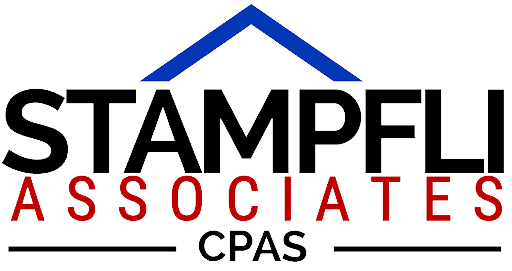Keeping in compliance with Uniform Guidance
If your not-for-profit receives significant federal funds, it may be subject to the Office of Management and Budget’s Administrative Requirements, Cost Principles, and Audit Requirements (Uniform Guidance). And if your nonprofit spends $750,000 or more in federal awards in a fiscal year, it probably faces a single audit — an annual financial statement audit and examination of your organization’s compliance with federal grant fund requirements. So it’s important to ensure you’re complying with the rules for government grants and contracts.
Allocate direct and indirect costs
Government agencies that pay nonprofits to deliver services must reimburse them for direct and reasonable indirect costs. Direct costs are identified with a particular “final cost objective,” or assigned to such activities with a high degree of accuracy. Indirect costs are incurred for common or joint objectives and aren’t readily identified with a particular final cost objective.
You must treat costs that you incur for the same purpose in like circumstances consistently as either direct or indirect. If a type of charge is direct for one federal contract, it can’t be categorized as indirect for another.
Be particularly careful with indirect cost rates, whether you negotiate them or use the de minimis rate of 10% of modified total direct costs (MTDC). You aren’t allowed to charge more than what you actually incurred in indirect costs, even if that amount falls below the assigned percentage of MTDC.
Report time and effort carefully
Salaries, wages, and benefits charged to a federal award must be supported by “time and effort” documentation that accurately reflects work performed. But you can’t base work costs on budgeted amounts. Your reporting must reflect the actual time and effort expended. Also record time and effort for specific cost objectives, rather than just the award.
Note that 100% of an employee’s time charges must equal the employee’s compensated time. Even with overtime, an employee can’t report 80% of the time for one objective and 40% for another.
Monitor subrecipients
If your nonprofit is a pass-through entity that relays part of a federal award to other entities, you’re required to monitor those subrecipients. Make a pre-award assessment by examining a subrecipient’s risk of noncompliance with the sub award’s requirements.
Then, determine the appropriate monitoring procedures to ensure compliance. You’ll need to individualize the assessment, as opposed to, for example, assigning risk level based solely on the sub award’s amount. Consider factors such as the location of the work, the subrecipient’s internal controls, and its existing relationship with your organization. Monitoring procedures should also be commensurate with the level of risk.
Expect scrutiny
Although keeping up with Uniform Guidance regulations may seem like an onerous task, it’s important. If you’re notified about a single audit, contact us for help preparing for scrutiny. It’s important to note, however, that even if you don’t pass an “audit,” you’ll most likely be given adequate time to take corrective action.
© 2023

